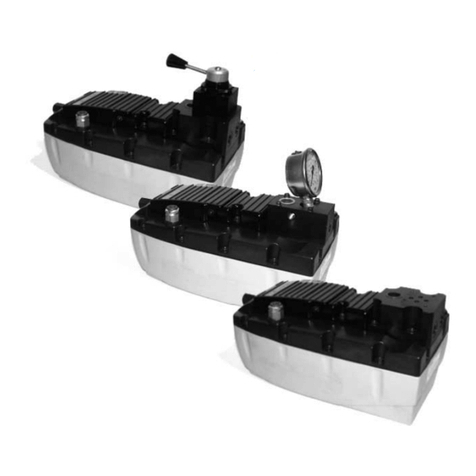
4193557039 v.0 - UPD 280318
INDICE
AVVERTENZE GENERALI .......................................................................................................................................................................................7
1 TRASPORTO, STOCCAGGIO E DISIMBALLO......................................................................................................................................................7
2 DESCRIZIONE ...........................................................................................................................................................................................................8
3 SICUREZZA................................................................................................................................................................................................................9
4 CARATTERISTICHE TECNICHE ...........................................................................................................................................................................10
5 INSTALLAZIONE E MESSA IN FUNZIONE.......................................................................................................................................................... 11
5.1 Riempimento del serbatoio dell'olio (se la pompa viene fornita vuota)............................................................................................................ 11
5.2 Messa in funzione della pompa ....................................................................................................................................................................... 11
5.3 Collegamentodeltubodirecuperoolio(perusoadoppioeetto) .................................................................................................................. 11
5.4 Collegamento dell'aria compressa................................................................................................................................................................... 11
6 USO .........................................................................................................................................................................................................................12
7 MANUTENZIONE.....................................................................................................................................................................................................13
7.1 Vericadelleconnessioni.................................................................................................................................................................................13
7.2 Puliziadelltrodell'aria ...................................................................................................................................................................................13
7.3 Controllo livello e sostituzione dell'olio idraulico ..............................................................................................................................................13
7.3.1 Controllo dell'olio idraulico. ......................................................................................................................................................................... 13
7.3.2 Sostituzione dell'olio idraulico.....................................................................................................................................................................13
7.4 Pulizia della pompa..........................................................................................................................................................................................13
7.5 Inconvenienti e rimedi......................................................................................................................................................................................14
8 DEMOLIZIONE E SMALTIMENTO DELLA POMPA............................................................................................................................................. 14
SCHEMA DI FUNZIONAMENTO............................................................................................................................................................................15
GARANZIA ...............................................................................................................................................................................................................15
PARTI DI RICAMBIO...............................................................................................................................................................................................15
INDEX
GENERAL PRECAUTIONS ....................................................................................................................................................................................16
1 TRANSPORT, STORAGE AND UNPACKING.......................................................................................................................................................16
2 DESCRIPTION .........................................................................................................................................................................................................17
3 SAFETY ....................................................................................................................................................................................................................18
4 TECHNICAL SPECIFICATIONS.............................................................................................................................................................................19
5 INSTALLATION AND START-UP ........................................................................................................................................................................... 20
5.1 Filling the reservoir (if the pump is supplied without oil) ..................................................................................................................................20
5.2 Start-up ............................................................................................................................................................................................................20
5.3 Connecting the oil return line (use with a double acting cylinder)....................................................................................................................20
5.4 Connecting the compressed air line.................................................................................................................................................................20
6 OPERATION.............................................................................................................................................................................................................21
7 MAINTENANCE .......................................................................................................................................................................................................21
7.1 Checking connections......................................................................................................................................................................................21
7.2 Cleaningtheairlter........................................................................................................................................................................................22
7.3 Checking level and change of the hydraulic oil................................................................................................................................................22
7.3.1 Checking the hydraulic oil........................................................................................................................................................................... 22
7.3.2 Hydraulic oil change ................................................................................................................................................................................... 22
7.4 Pump cleaning .................................................................................................................................................................................................22
7.5 Troubleshooting ...............................................................................................................................................................................................23
8 SCRAPPING AND DISPOSING OF THE PUMP...................................................................................................................................................23
OPERATION DIAGRAM..........................................................................................................................................................................................24
WARRANTY .............................................................................................................................................................................................................24
SPARE PARTS.........................................................................................................................................................................................................24































